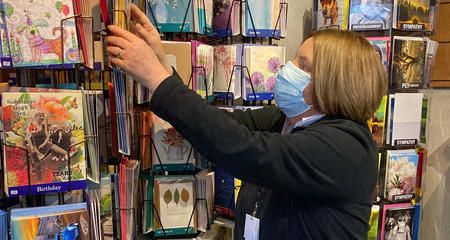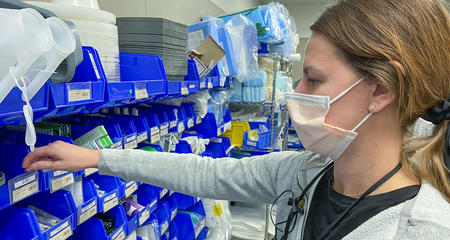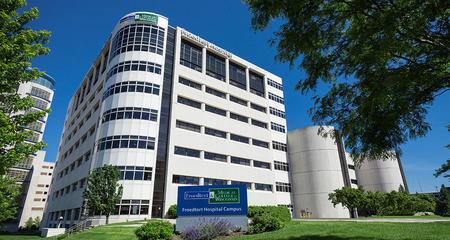Most of us know that when we take a seat on an airplane, our pilot has trained on a flight simulator. We’ve seen the portrayals on television and movies or even on video games. But did you know that the next time you see a health care professional, that your doctor, nurse, or technician might have trained on a medical simulator?
Simulated Learning Overview
Simulated learning centers (SimCenters) take the learning process out of the operating room, emergency/trauma room or any other patient care scenario and into the safety of virtual reality.By using full-size mannequins, props and even actors, virtual reality allows participants to make and learn from their mistakes without harming actual patients.
Simulated Learning at Froedtert Hospital
We plan to build a dedicated, simulation center, located within the walls of Froedtert Hospital. This planned 20,000-square-foot simulation center will feature multipurpose simulation rooms, a surgical skills lab, as well as debriefing and observation rooms. The facility will serve the entire Froedtert Health system, including medical professionals from all disciplines at Froedtert Hospital, Froedtert Menomonee Falls Hospital, Froedtert West Bend Hospital and Froedtert & the Medical College of Wisconsin Community Physicians.
Simulation Improves Patient Care
Trainees practice interventions on life-like mannequins, whose responses can be preset, allowing participants to make and learn from mistakes without harming actual patients. This allows trainees to experience uncommon, although high-risk conditions not often seen in a clinical setting.
Simulation Promotes Teamwork
Simulation provides team-based learning opportunities. Debriefing, team learning and assessment are emphasized, allowing trainees to view and learn from each other. Physicians learn and practice their skills in medical school, nurses do the same in nursing school. Froedtert Hospital’s SimCenter will allow our doctors and nurses to practice together as a team which is critical to optimal patient care.
Simulated Learning Cuts Costs
By enhancing patient safety, simulated learning can help to reduce or eliminate medical complications. Simulated learning teaches trainees how to insert breathing tubes, catheters and IVs, and do many other procedures involving costly supplies and technology. Learning “the right way” helps to reduce supply waste.
Giving Stories








